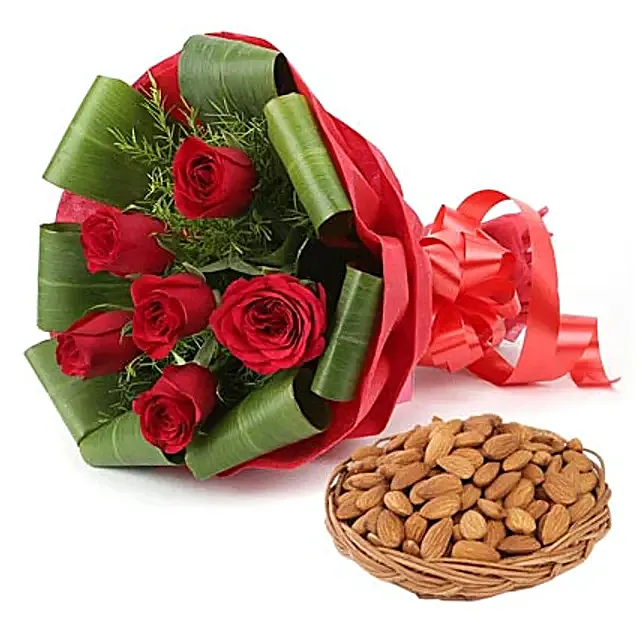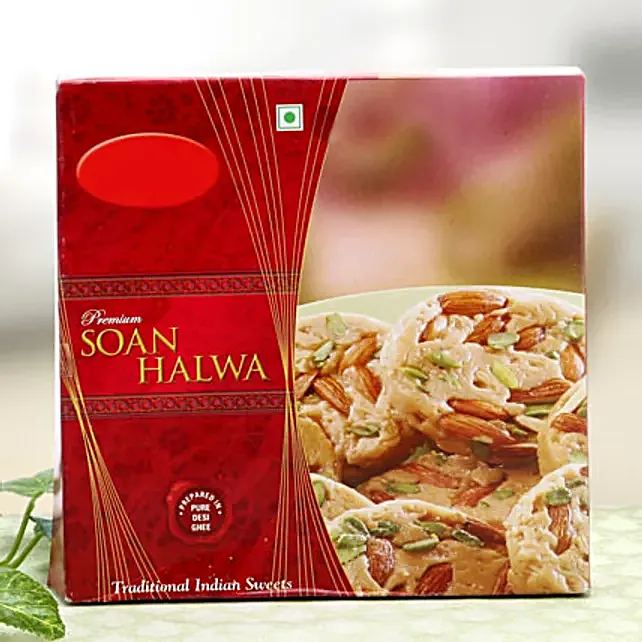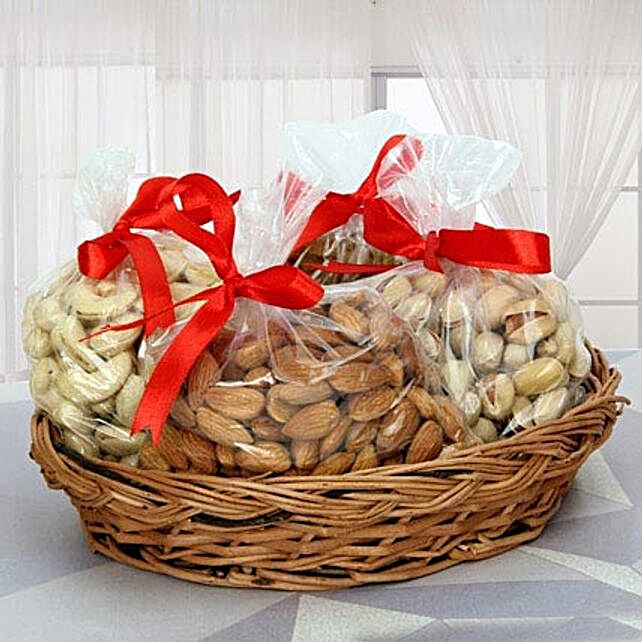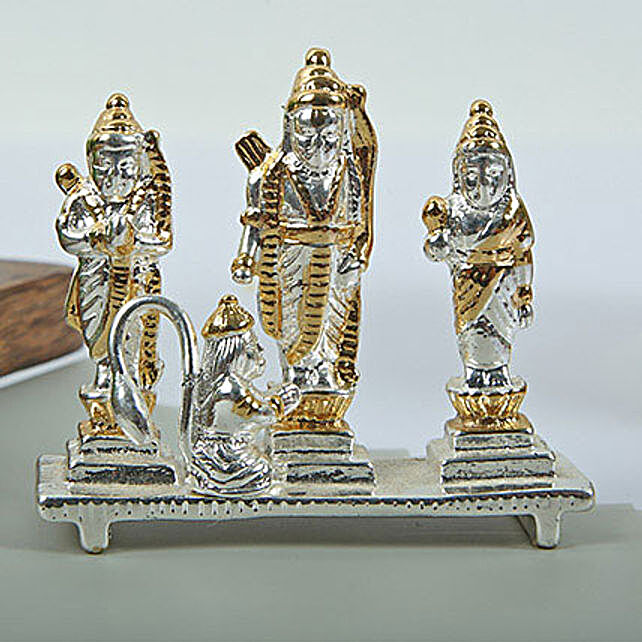How is Dussehra Celebrated?
- Author: Anushka Published: 12th October, 2021
Dussehra, one of the main Hindu festivals, marks the victory of good over evil. It is celebrated on the tenth day of the month of Ashvin or Kartik, at the end of the nine-day festival of Navratri. Though the essence of Dussehra remains the same, the festival is celebrated all over India differently. Here’s a look at some of the different shades of Dussehra across different regions of the country.
The Southern India Celebrations
Vijaya Dashami, Dasara or Durgotsav is celebrated in a variety of ways in South India. The celebration ranges from praying to the Goddess Durga, Goddess Lakshmi and Goddess Saraswati to lighting up temples and Mysore Fort.
Mysore: Known as Mysuru Dasara, Dussehra is the most celebrated festival of Mysore. The city celebrates Goddess Chamundeswari (another avatar of Goddess Durga) who defeated the demon Mahishasura on this auspicious occasion. The city is beautifully illuminated and looks no less than a fairyland. On the tenth day, a grand procession travels through the city from the Mysore Palace to the Bannimantap. The idol of Goddess Chamundeshwari rests atop an elephant, adorned in a gold canopy.
Andhra Pradesh: Placing huge idols of Goddess Durga Devi, praying to her 9 different forms for 9 nights and Aayudha Pooja are some of the important events of Dasara in Andhra Pradesh. The festival is also celebrated by visiting different temples across the state, in particular the temple of Kanaka Durga Ammavaaru at Vijayawada and the Lord Venkateswara temple at Tirumala.
The Northern India Celebrations
In most of North and West India, Dussehra is also known as Dasha-Hara meaning Ten Days and is celebrated in honour of Lord Rama. You can find hundreds of stages set up all across the city for Ram Leela - A beautiful rendition of the Ramayana that includes song, narration, dialogue and recital. The sky-high effigies of Ravana, Meghanad and Kumbhakaran are also burned in the open grounds.
-
Himachal Pradesh: In the Kullu region of Himachal Pradesh, Dussehra is celebrated with a large fair and parade, where at least half a million people gather.
-
Delhi: The capital city of India celebrates the triumph of Lord Rama in grand style. Ramlila is enacted by artists for a whole month preceding Dussehra. Temples are decorated beautifully with flowers and diyas & also, there are certain places where pandals of Goddess Durga are set up. All in all, Dussehra in Delhi is indeed the most lovely and extraordinary celebration of all time.
-
Rajasthan: In Rajasthan too, both Rama and Devi Durga are believed and celebrated by the Rajput warriors. Only the Gondi people, the scheduled tribes who speak the Dravidian language and are found in belts of Maharashtra and Madhya Pradesh celebrate Ravana.
The Western India Celebrations
In the western part of India, Dussehra is celebrated as Lord Rama’s victory over Ravana. The festivities take place over a period of 10 days. The idols of gods and goddesses are placed on the 1st day of Navratri and immersed in water bodies on the Dussehra or the 10th day. The devotees visit their friends and relatives and exchange sweets.
Gujarat: Gujarat’s Dussehra is a scene straight out of the movies. Dussehra is celebrated as Navratra in the city of Ahmedabad and Garba is the prime attraction of the festival, which is a popular folk dance of Gujarat. Devotees fast all day long and in the evening, after aartis, people clad themselves in the traditional attire and play Garba throughout the night. So next time, if you are in Gujarat during Dussehra, don yourself in ‘Kedias’ and ‘Lehenga-choli’ and dance to the beats of Garba and immerse yourself in the infectious energy of the city.
Maharashtra: The festivities start from the early morning and continue until night. People meet and greet each other and come together to celebrate the victorious day. Special winter delicacies are prepared to strengthen the immune system and sweets are also distributed as a part of celebrations. In Maharashtra, this festival has some historical importance for Shivaji. He challenged the Mughal Empire back in the 17th Century and created his Hindu Kingdom in Western & Central India. He used to install his soldiers to assist the farmers in agriculture and provided adequate irrigation to guarantee food supply. Now, post the monsoon season and on Vijaya Dashami, these soldiers used to leave their villages and reassemble to serve the military and proceed to the frontiers for duty.
Eastern India Celebrations
Dussehra is known as Bijoya Doshomi in West Bengal. This is the biggest festival in West Bengal. All through the Navratri, people go out of their house for pandal hopping and gorge on wonderful food (especially non-veg) when the rest of India restricts their diet. On Dussehra, the god idols are immersed in water that is marked by a great procession. The married women play “Sindoor-Khela” where they greet each other with a touch of Vermillion. It is a mark of good luck and long married life. This ritual happens after greeting the Devi Durga idol with sweets and sindoor. After the immersion process, the younger people touch the feet of their elders and the elders give sweets as a mark of their love and blessings.
Nepal: Apart from India and the places where Indians reside, there is another country where Dussehra is a major celebration. It is none other than Nepal. Many cultural rituals of Nepal match that of Hindus. In Nepal, this Vijaya Dashami is known as Dashain. Younger people visit the elders of the family and distant relatives come back home on this day. Even the students meet their school teachers in Dussehra. The elders bless the younger ones with a tilak on their forehead.






